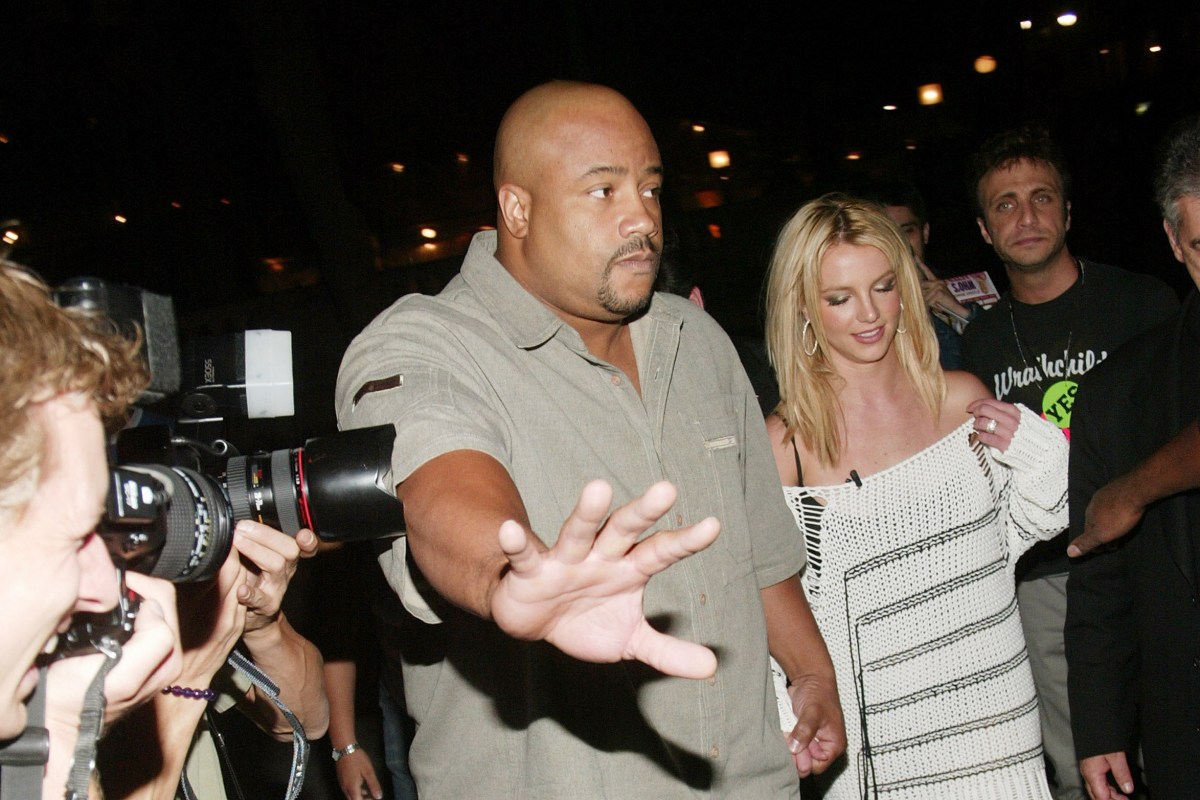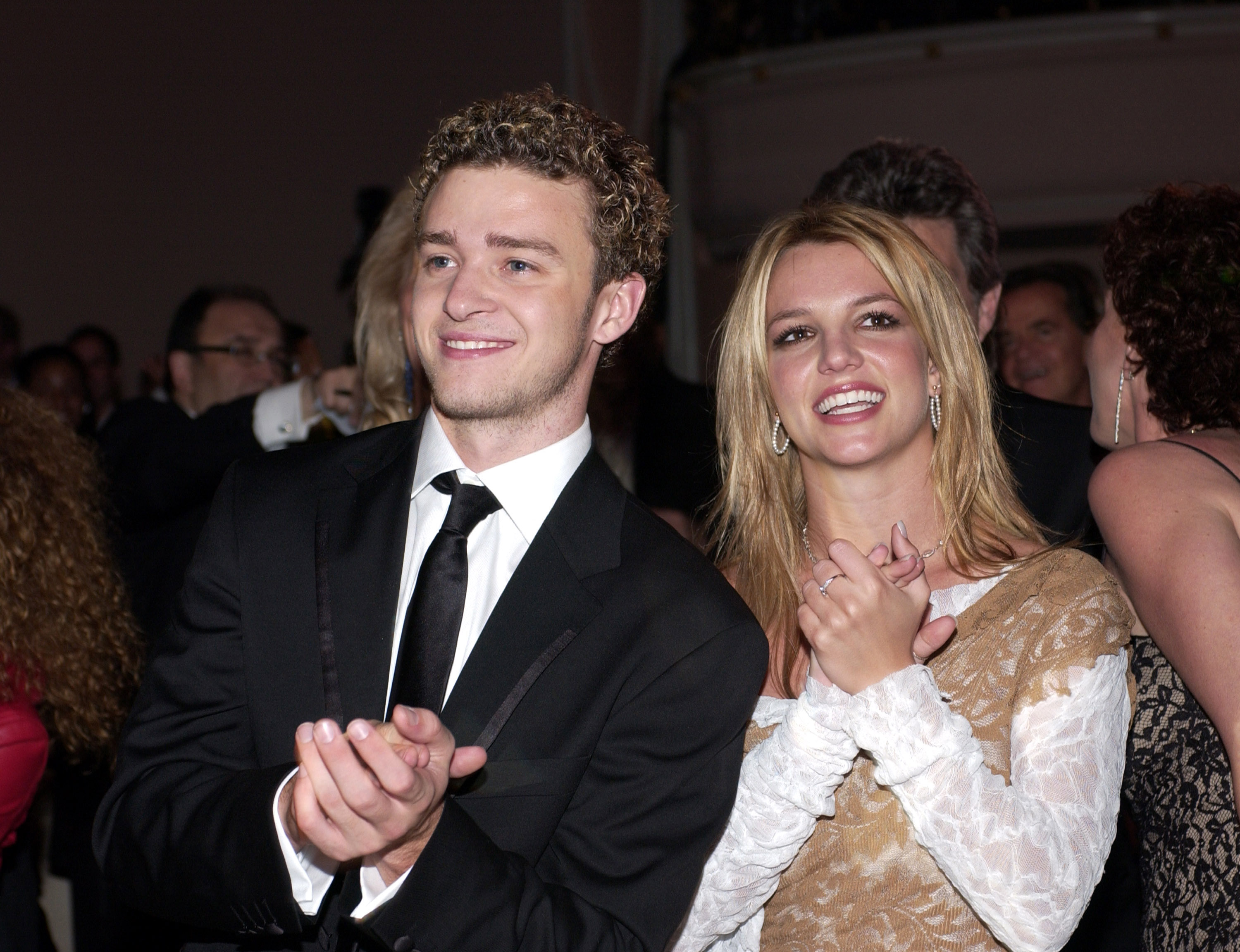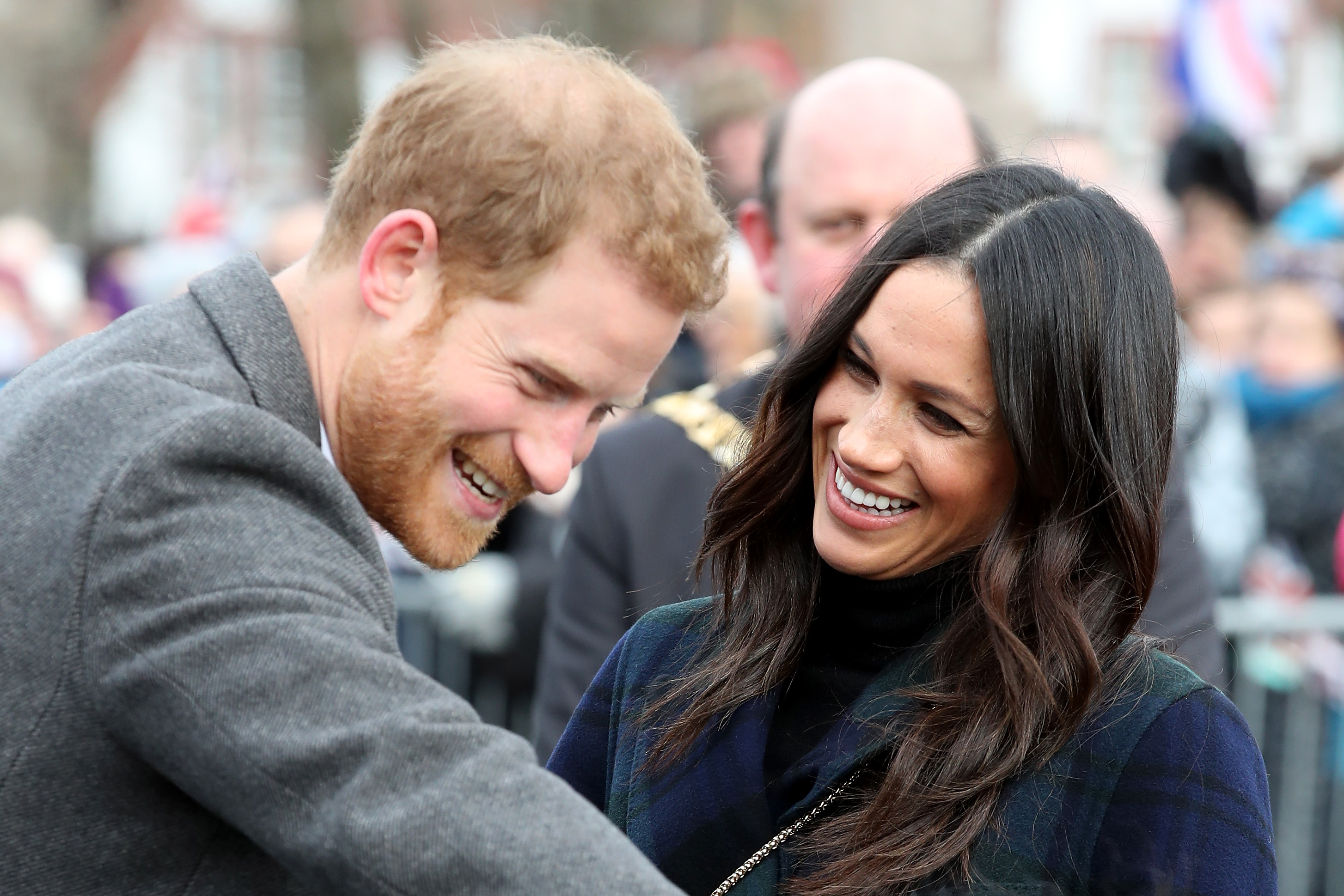This week, the New York Times documentary Framing Britney Spears premiered on Hulu and sparked new conversations about the harassment that female celebrities in the late ’90s and early aughts suffered at the hands of the media — and society in general, really. There are plenty of cringe-worthy moments that highlight this throughout the film, including clips of reporters asking Spears (who, it’s worth noting, was an underage teen girl during the early part of her career) about her breasts or whether she’s still a virgin, and magazine covers patting Justin Timberlake on the back for “getting into [her] pants.” But perhaps most striking is the way the doc reminds us how pervasive and accepted it was for paparazzi to harass famous people like Spears.
To get a sense of just how massive the market for tabloid shots of young, vulnerable celebrities was back then, Framing Britney Spears brings on Brittain Stone, the photo director of Us Weekly from 2001 to 2011, to reveal just how much money he was able to devote to paparazzi photos.
“When I had a really healthy budget, it’d be about $140,000 a week on imagery,” Stone says in the film. “Extrapolate that over the year, you know, $7 to $8 million, but spending millions of dollars a year on pictures that just quintupled the amount of money that was out there, which meant there were a lot more photographers coming in and doing it.”
These days, with most print media struggling to stay afloat, it’s unfathomable that a publication would have millions of dollars to spend solely on images of famous people walking to and from their cars. But as Stone points out, it was big business back then. The slimy, voyeuristic behavior of many paparazzi was seen simply as the price of fame, and Framing Britney Spears brings on Daniel Ramos (the paparazzo who famously provoked Spears — then in the midst of a mental health crisis — into attacking his SUV with an umbrella) on to illustrate the mental gymnastics these creeps did to feel okay about the exploitative nature of their gig.
“In the beginning when paparazzis were following Britney, you could tell she enjoyed it,” Ramos said in the film. “She would give up the shots, waving. She was very friendly, a sweetheart of a girl. It was like she needed us and we needed her. We both needed each other. It was a great kind of a relationship.”
Of course, it’s obvious just from the few clips shown in the doc that Spears did not enjoy it. She frequently appeared scared as swarms of men with cameras surrounded her to a point where she couldn’t move or walk away, and in an interview with Matt Lauer, she cried as she said it was her “greatest wish” in life for the paparazzi to leave her alone. Let’s not forget that in addition to being routinely objectified and harassed, she was also suffering from a serious mental illness. But, naturally, that didn’t stop the paps from poking and prodding. “That night was not a good night for her,” Ramos recalls of the infamous umbrella fiasco. “It was not a good night for us. But it was a good night for us ‘cause it was a money shot.”
Even with all that, Ramos still has deluded himself into thinking that Spears was somehow asking for this, that it didn’t bother her, or worse, exacerbate her mental health issues. He insisted in the film that she never gave any indication she wanted to be left alone.
“What about when she said, ‘Leave me alone?,’” an off-camera interviewer responded. “There were times when she [was] like, ‘Can you leave me alone for the day?,” he claimed. “But it wasn’t like, ‘Leave me alone forever.’ You know what I mean?”
It’s all thoroughly depressing, and a harrowing reminder of a culture of harassment that was entirely acceptable not too long ago. Female celebrities were expected to constantly look perfect, even on their way to the grocery store, and when they happened to be captured in an unflattering photo by the hordes of men harassing them, it was somehow their fault. There were multiple “scandals” in which paparazzi would take upskirt photos of female celebs as they exited cars, and instead of arresting the photographers for a sex crime, the women were dubbed “slutty” and made to publicly defend themselves. Take, for example, this incredibly creepy interview with Anne Hathaway and Lauer from 2012, which he kicks off with a gross, winking, “Seen a lot of you lately” before asking her “What’s the lesson learned from something like that?” as if it’s somehow her fault that someone stuck a camera up her crotch and sold a photo of her genitals without her consent.
Thankfully, we’ve made some progress when it comes to society’s treatment of women in general since then (Lauer is no longer employed), and there are now laws in place that prevent paparazzi from selling photos of celebrities’ children. But, even as smart phones and social media have essentially turned everyone into paparazzi — thus cutting down on the demand for the professionals — we still have a long way to go.
Leave Britney alone, absolutely. But how about just leaving everyone alone?
This article was featured in the InsideHook newsletter. Sign up now.























